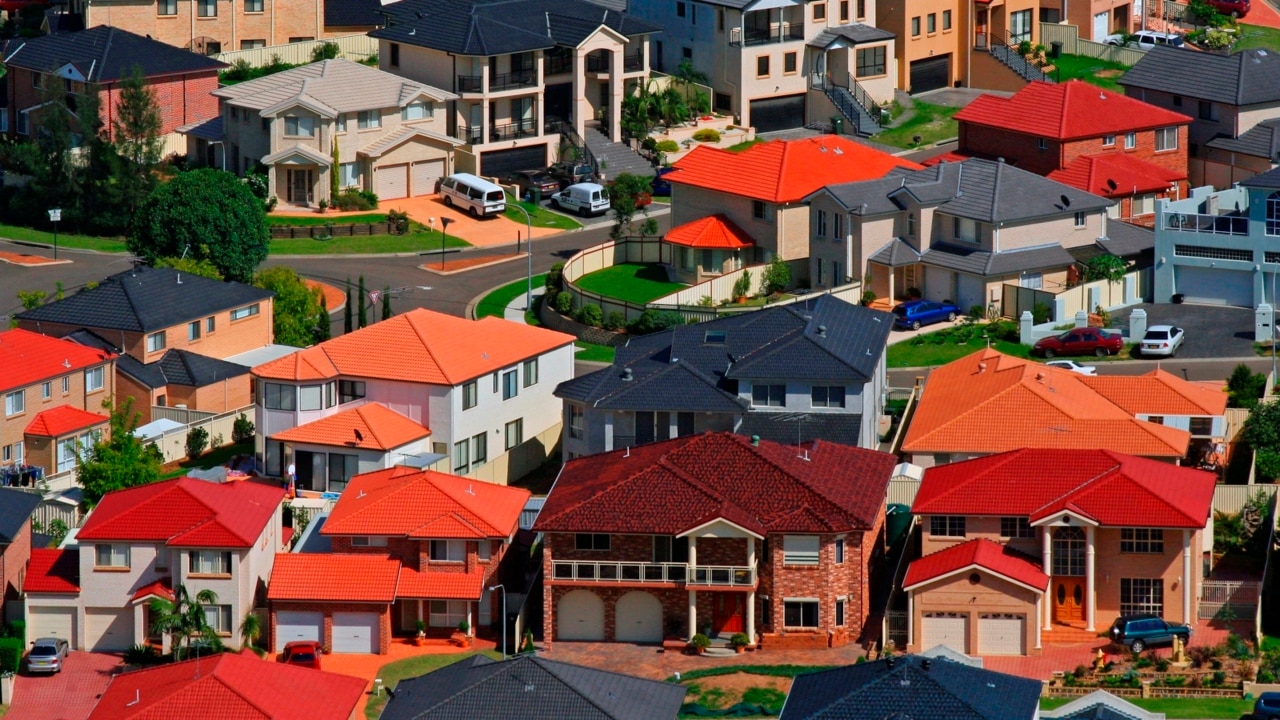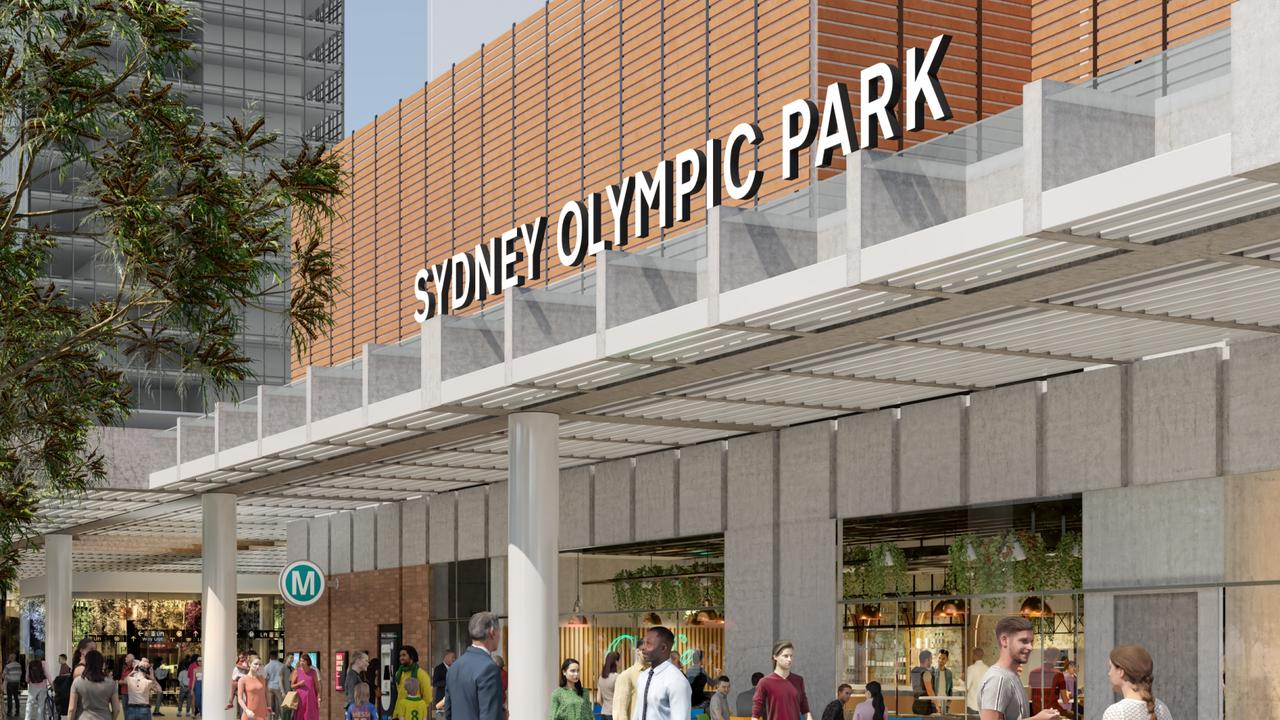Billion-dollar home dead zone: Family housing in limbo
Almost one billion worth of housing in one of Sydney’s most affordable local government areas is yet to be built despite the DAs being approved up to five years ago.

NSW
Don't miss out on the headlines from NSW. Followed categories will be added to My News.
Exclusive: Almost one billion worth of housing in one of Sydney’s most affordable local government areas is yet to be built despite the DAs being approved up to five years ago.
The DAs represent potential homes for an estimated 1600 families, but are yet to be activated with construction and labour costs, rising interest rates and government taxes blamed for the delays.
At some of the sites, weatherboard homes or rundown three-storey walk-ups are yet to be demolished while at others, vacant sites have become dumping grounds for rubbish.
Each has been approved for a residential flat development, including one for a 25-storey complex worth more than $40 million that was lodged in 2016.
The dead zones – also known as “zombie DAs” are located in Liverpool – one of the most affordable local government areas in Sydney.

However, its affordability is part of the problem with developers facing the same construction and labour costs as elsewhere in Sydney, but tighter profit margins given the expectations of what an apartment should cost in Sydney’s southwest compared with other areas.
While there is a five year time limit before DA consent lapses, developers can “activate” an approval by doing some basic groundwork.
While the government has strengthened the requirements around what constitutes genuine activation, these only apply to DAs that were approved after May 2020.
The trend raises has raised questions as to how quickly Premier Chris Minns will be able to deliver the tens of thousands of homes needed to house the next generation and record numbers of migrants, including “migrants” from more affluent areas of Sydney seeking to get rid their mortgages.
Liverpool Mayor Ned Mannoun said it was taking between five to seven years from DA approval to a “key in the door”.

Given Liverpool was among the more popular council areas for families seeking affordable accommodation, Mr Mannoun urged the government to work with the council and developers on a solution.
One possible solution was for the government to offer a lease precommitment of up to 30 per cent of the residential component of a building to help get a project off the ground, he said.

“When you buy a block, it takes six to seven months to lodge a DA. Approval takes another year and then it used to take another 3.5 to four years before completion. Now it's taking five to seven years. It is taking too long,” Mr Mannoun said.
“Councillors used to make the decisions. Now it’s the council staff who don’t want us to interfere. With interest rate rises, increases in construction and additional regulation – developers now have facade engineers – the upfront cash required for a project has increased to a level where the economics aren’t stacking up.”

Mr Mannoun said more money also needed to be poured into the area towards improving infrastructure, and also to make the area “a more exciting place to live”.
Noting the “hundreds and millions” spent on Penrith Stadium, Mr Mannoun said the rapidly growing population of Liverpool – which included “migrants” from more affluent areas of Sydney who were wanting to rid themselves of mortgages – also deserved places to enjoy.
One Sydney developer – who did not want to be named – told The Saturday Telegraph how he was awaiting for the “economics” of construction to improve before developing his three western Sydney sites.
He said it had become increasingly difficult for developers to demonstrate a 20 per cent return on a project needed for a bank to fund a project.
Increased regulation around engineers and certifiers as well as more stringent fire safety requirements had added to the cost, which had risen off the back of Covid, he said.
Landholders were also becoming more savvy when it came to selling to developers, demanding millions more for their properties, he said.
“Developing has always been a nightmare, but now it’s even worse,” he said.
“I’ve got three sites with plans for 2,000 apartments, but the economics aren’t stacking up. We are ready to go, but it doesn’t work financially right now.”
Got a news tip? Email weekendtele@news.com.au
More Coverage
Originally published as Billion-dollar home dead zone: Family housing in limbo





